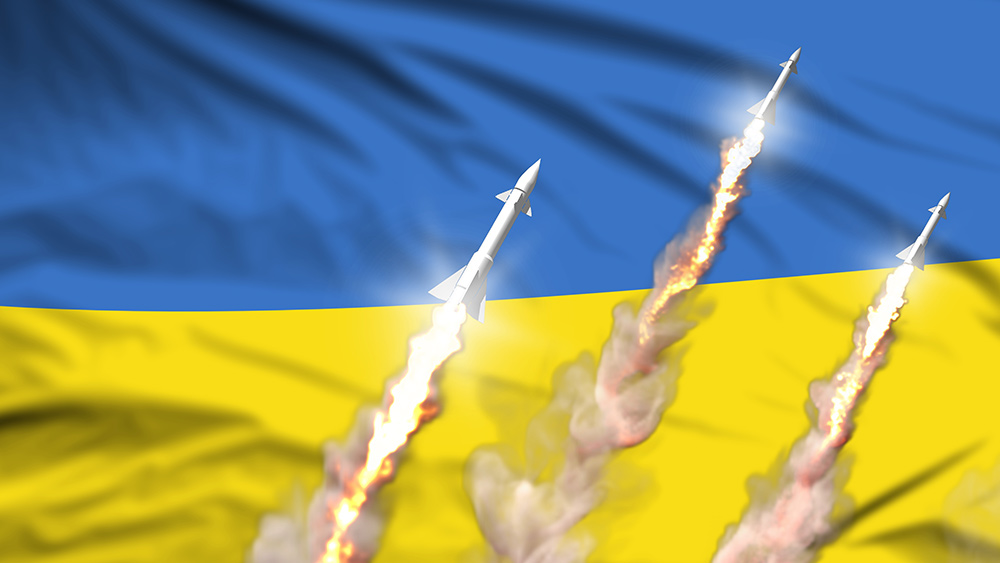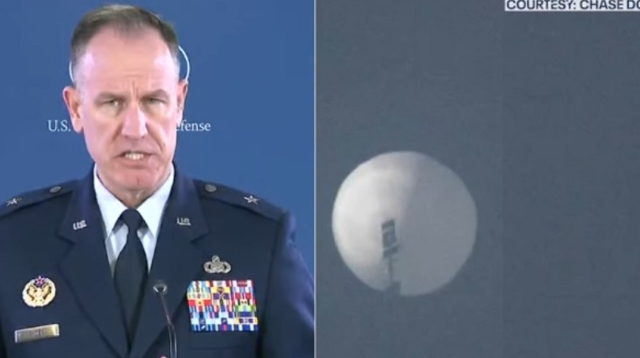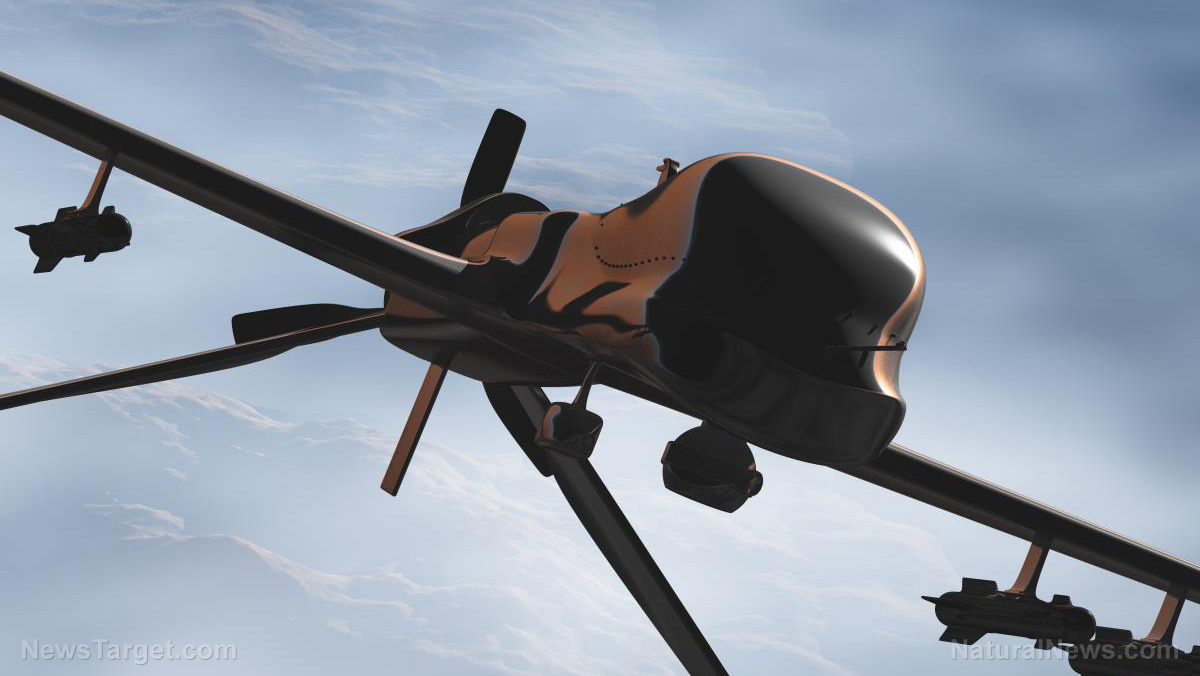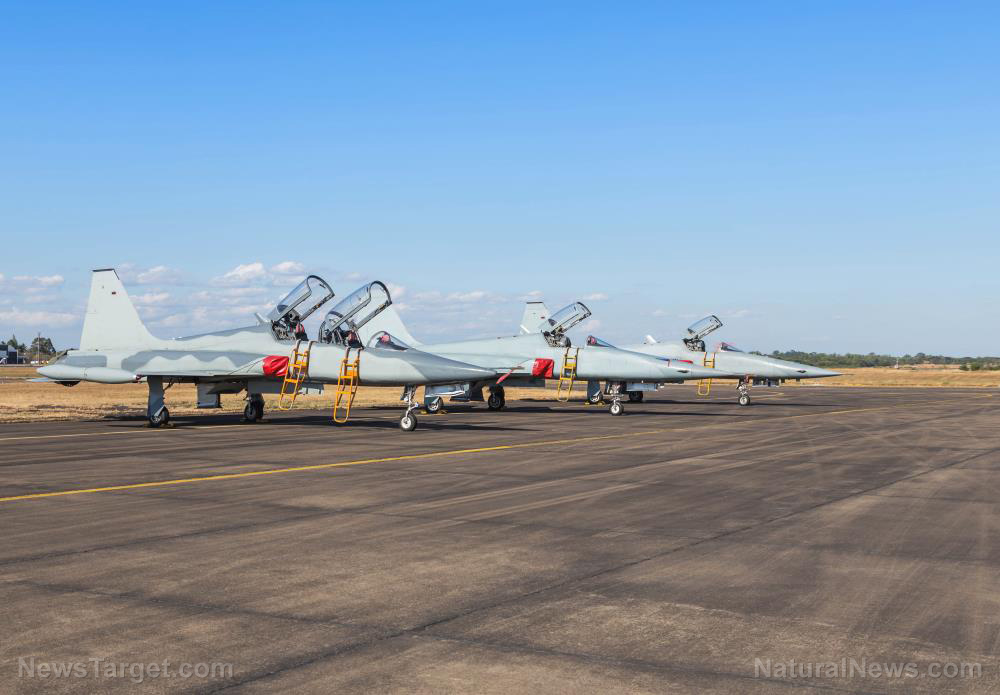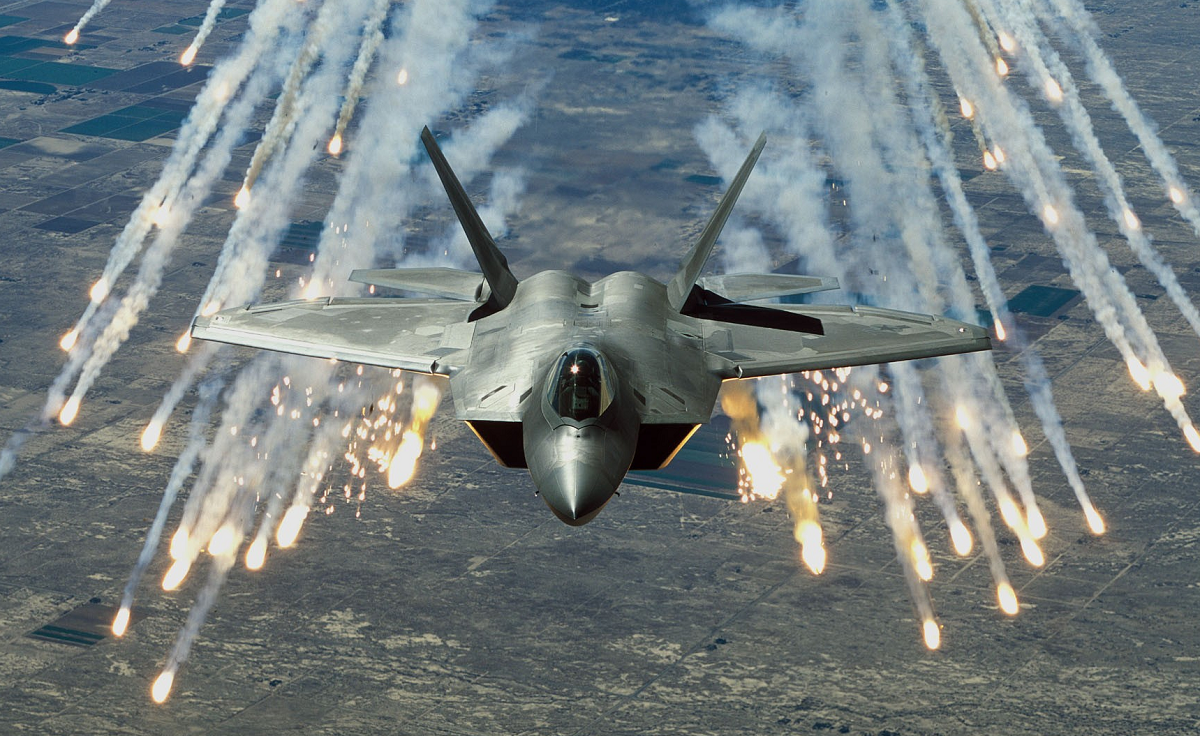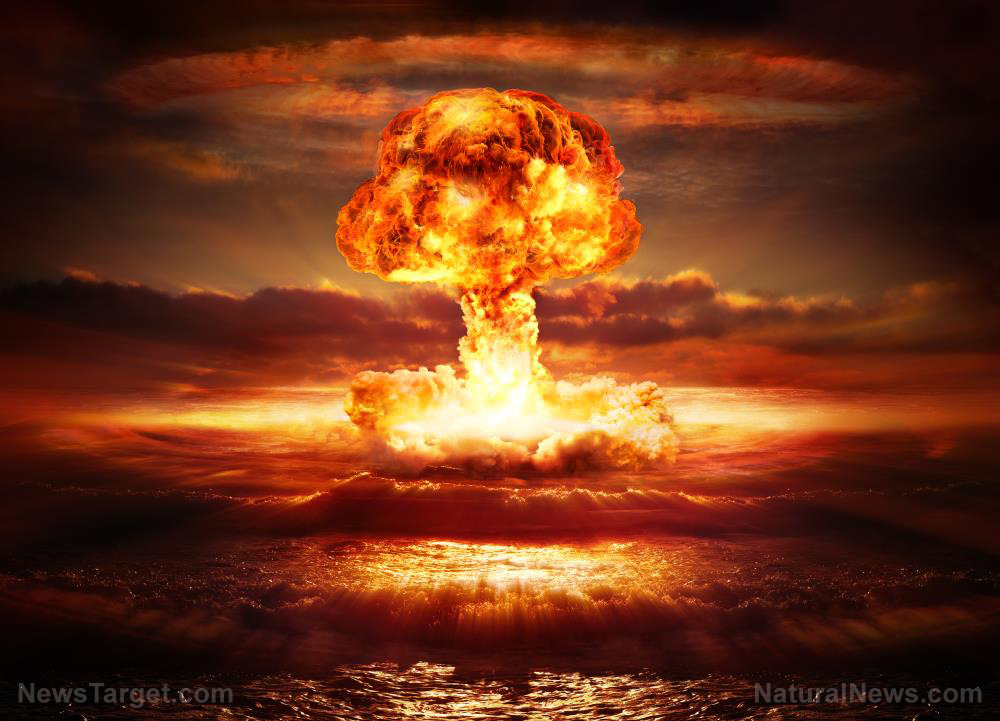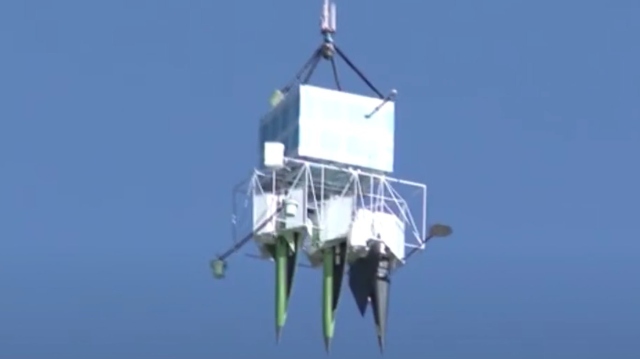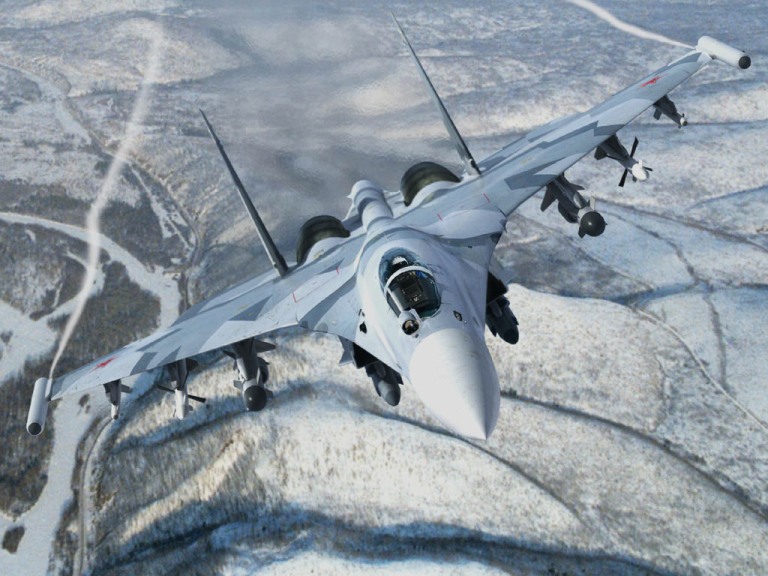Russian, Chinese nuclear arsenals have been upgraded in race to dominance over outdated U.S. ICBMs
02/14/2023 / By JD Heyes
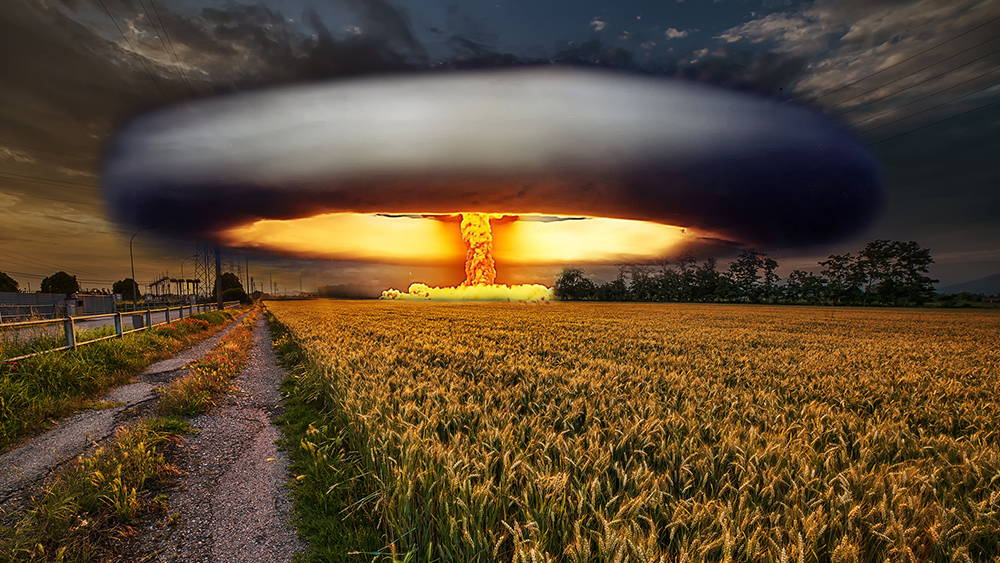
The United States could soon find itself fighting a major two-front war with both Russia and China, considering the way things have been going for the past several weeks.
It was one thing when Russia invaded its neighbor, the corrupt country of Ukraine, almost a year ago, but for some reason known only to our power-mad elites, American taxpayers are supporting Kyiv with showers of money, American military hardware, and weapon systems that we cannot easily replace.
Now, just days ago, a weak, frail Joe Biden finally ordered the U.S. military to shoot down a Chinese spy balloon after it traversed the country but not before it gathered signals intelligence and flew over several highly sensitive bases and nuclear weapons locations.
In short, it appears as though we are the closest we have been to an all-out world war in 80 years, and worse, this next one could turn nuclear in a hurry. With that in mind, it is worth taking a look at each country’s nuclear arsenals and the shape they are in.
“In recent days, Republicans in Congress have been buzzing about a new report ‘from the top commander of U.S. nuclear forces‘ that says that China now has more launchers for land-based nuclear missiles than the U.S. does,” notes The Economic Collapse Blog, which then goes on to cite from a Politico report:
Top Republicans on Capitol Hill are raising alarms over news that China has surpassed the U.S. in its number of launchers for land-based nuclear missiles — and arguing for the U.S. to expand its own arsenal to keep pace.
Four GOP leaders on the House and Senate Armed Services committees said the revelation about China’s nuclear capability, made in a Jan. 26 letter from the top commander of U.S. nuclear forces, is a warning that Beijing’s arsenal is expanding faster than anticipated, though the U.S. still has more warheads and intercontinental ballistic missiles.
Next, the blog notes that Russia, which is currently having difficulty taking and then holding ground in Ukraine after some initial successes, has nevertheless been spending money over the past several years to upgrade its own nuclear arsenal. That has included replacing a Soviet-era ICBM with a newer version that can also carry hypersonic glide vehicles that travel at around five to seven times the speed of sound and are incapable of being shot down with the current missile defense technology the U.S. can field.
The Sarmat is a three-stage, silo-based, liquid-fuel, heavy ICBM with a reported range of 18,000 kilometers. Dubbed “Satan II” by NATO, the missile is a Russian-built replacement of the Soviet-era SS-18 “Satan” ICBM, which is reaching the end of its life cycle. The Sarmat reportedly can carry a 10-ton payload consisting of 10-plus multiple independent reentry vehicles along with penetration aids used to evade missile defenses. Moscow says the new missile can also carry several Avangard hypersonic glide vehicles.
China, meanwhile, has more than doubled its nuclear arsenal over the past two years, according to the same Politico report.
“This should serve as a wake-up call for the United States,” said House Armed Services Chair Mike Rogers (R-Ala.), Senate Armed Services ranking member Roger Wicker (R-Miss.), Rep. Doug Lamborn (R-Colo), and Sen. Deb Fischer (R-Neb.) in a joint statement. “It is not an understatement to say that the Chinese nuclear modernization program is advancing faster than most believed possible.
“We have no time to waste in adjusting our nuclear force posture to deter both Russia and China,” the lawmakers added. “This will have to mean higher numbers and new capabilities.”
Now, the U.S. does have a significant number of nuclear warheads deployed aboard super stealthy Ohio-class ballistic missile submarines. Hundreds of them could be parked off the coast of China without Beijing ever knowing they were there. But the larger issue is this: Do we really want to engage in a nuclear conflict in the first place? The answer ought to be a resounding no, but our ‘leaders’ appear to be thinking otherwise.
Sources include:
Submit a correction >>
Tagged Under:
China, ICBM, military tech, military weapons, missile defense, national security, nuclear missiles, nuclear war, nuclear weapons, Ohio class, Russia, sub launched missiles, United States, warheads, weapons tech, World War III
This article may contain statements that reflect the opinion of the author
RECENT NEWS & ARTICLES
COPYRIGHT © 2018 MILITARYTECH.NEWS
All content posted on this site is protected under Free Speech. MilitaryTech.news is not responsible for content written by contributing authors. The information on this site is provided for educational and entertainment purposes only. It is not intended as a substitute for professional advice of any kind. MilitaryTech.news assumes no responsibility for the use or misuse of this material. All trademarks, registered trademarks and service marks mentioned on this site are the property of their respective owners.

